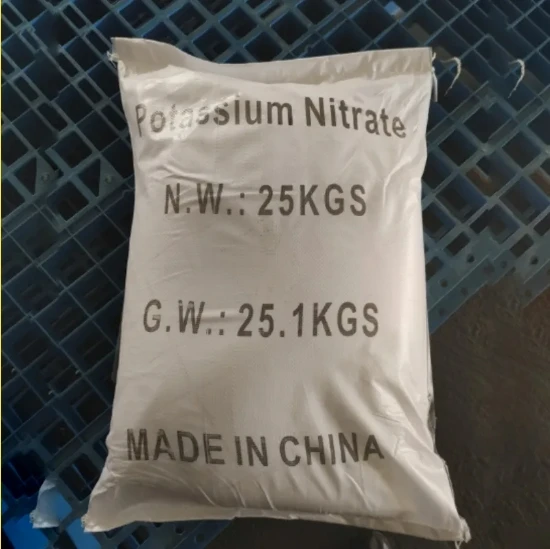
acidity regulator 270
Understanding Acidity Regulator E270 A Comprehensive Overview
Acidity regulators are essential food additives that help maintain the desired taste, stability, and shelf life of various food products. One such commonly used acidity regulator is E270, also known as lactic acid. This organic compound plays a crucial role in food processing, enhancing flavors and preserving food items while ensuring consumer safety.
What is E270?
Lactic acid is an organic acid that is naturally found in various foods, including dairy products, fermented vegetables, and even in our muscles during intense exercise. It can be produced through fermentation, typically using carbohydrates as a substrate. Lactic acid has a unique property it can exist in two isomeric forms – L-lactic acid and D-lactic acid. However, the food industry primarily uses L-lactic acid, known for its favorable taste and health benefits.
As an acidity regulator, E270 functions by modifying the pH level in food products. It contributes a mild and pleasant sourness to foods, enhancing their flavors without overwhelming them. Additionally, lactic acid is recognized for its preservative qualities, helping to inhibit the growth of spoilage bacteria and pathogens, thus extending the shelf life of various food items.
Uses of E270 in Food Products
E270 is widely utilized in various applications throughout the food industry. Some of its primary uses include
1. Dairy Products Lactic acid is instrumental in cheese production and is responsible for the tangy flavor of yogurt. It assists in coagulating milk proteins, resulting in a creamy texture while imparting a refreshing sour taste.
2. Fermented Foods From sauerkraut to kimchi, lactic acid is a fundamental component of fermented vegetables. It not only preserves the food but also supports healthy gut bacteria.
acidity regulator 270

3. Beverages E270 is often found in soft drinks and fruit juices as a souring agent and preservative. It helps balance the sweetness of beverages while maintaining freshness.
4. Meat Products In meat processing, lactic acid can be used to enhance flavors and protect against harmful bacteria. Its antibacterial properties make it a valuable asset in ensuring food safety.
5. Baking In baking, lactic acid is sometimes used to control pH levels, enhancing the fermentation process and improving the texture of baked goods.
Health and Safety Considerations
As a food additive, E270 is generally regarded as safe by various international food safety organizations, including the Food and Drug Administration (FDA) and the European Food Safety Authority (EFSA). Lactic acid is naturally produced in the human body and is involved in several metabolic processes. It is typically well-tolerated by most individuals, with only minimal side effects reported in specific circumstances, such as excessive consumption.
However, like any food additive, some individuals may be sensitive or allergic to lactic acid or products containing it. It's essential for consumers to read food labels, particularly those with food allergies or intolerances.
Conclusion
E270, or lactic acid, serves as a crucial acidity regulator in the food industry, providing a harmonious balance of flavor and preservation. Its versatility spans across various food products, from dairy to beverages, making it an indispensable ingredient.
By understanding the role and significance of E270, consumers can make informed choices about the foods they consume and appreciate the science behind food processing. As the demand for naturally derived food additives continues to rise, lactic acid stands out as a prime example of how biology can enhance our culinary experiences while ensuring safety and quality in our food supply. As we move toward a future focused on health and sustainability, the importance of natural acids like E270 will likely continue to grow, paving the way for innovative applications in the food industry.
-
Understanding Synthetic Rubber OptionsNewsApr.27,2025
-
Trichloroisocyanuric Acid: Essential for Clean and Safe WaterNewsApr.27,2025
-
Sodium Dichloroisocyanurate: Key to Safe Water TreatmentNewsApr.27,2025
-
Sodium Acid Pyrophosphate: Essential in Modern Food ProcessingNewsApr.27,2025
-
Essential Water Treatment ChemicalsNewsApr.27,2025
-
Denatured Alcohol and Its Industrial UsesNewsApr.27,2025
-
The Versatile Uses of Sodium BicarbonateNewsApr.24,2025
Hebei Tenger Chemical Technology Co., Ltd. focuses on the chemical industry and is committed to the export service of chemical raw materials.
-

view more DiethanolisopropanolamineIn the ever-growing field of chemical solutions, diethanolisopropanolamine (DEIPA) stands out as a versatile and important compound. Due to its unique chemical structure and properties, DEIPA is of interest to various industries including construction, personal care, and agriculture. -

view more TriisopropanolamineTriisopropanolamine (TIPA) alkanol amine substance, is a kind of alcohol amine compound with amino and alcohol hydroxyl, and because of its molecules contains both amino and hydroxyl. -

view more Tetramethyl Thiuram DisulfideTetramethyl thiuram disulfide, also known as TMTD, is a white to light-yellow powder with a distinct sulfur-like odor. It is soluble in organic solvents such as benzene, acetone, and ethyl acetate, making it highly versatile for use in different formulations. TMTD is known for its excellent vulcanization acceleration properties, which makes it a key ingredient in the production of rubber products. Additionally, it acts as an effective fungicide and bactericide, making it valuable in agricultural applications. Its high purity and stability ensure consistent performance, making it a preferred choice for manufacturers across various industries.











